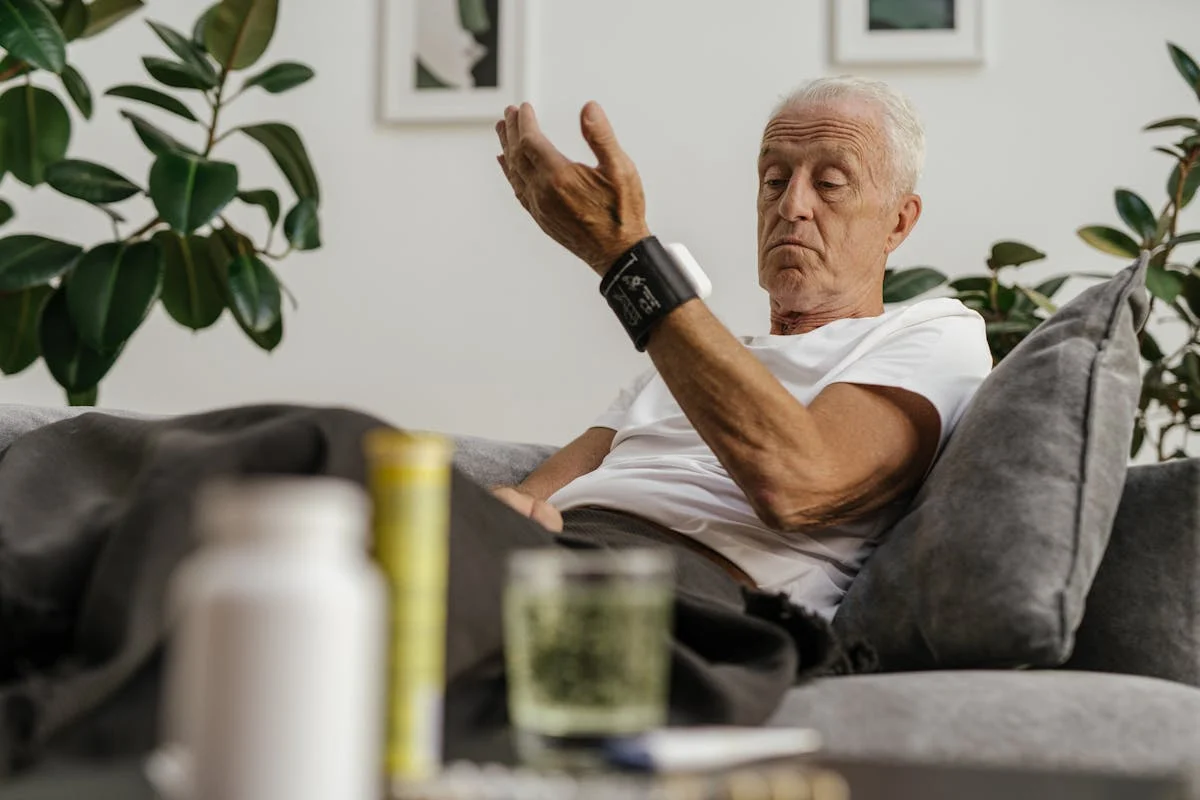As we age, our homes should evolve with us to ensure safety, comfort, and independence. By making a few simple modifications, we can create a living space that not only prevents falls but also boosts our confidence in daily activities. Let’s take a room-by-room tour to discover how we can make our homes safer and more comfortable.
Living Room
The living room is often the heart of our homes, where we spend much of our time relaxing and entertaining. Here’s how to make it safer:
- Remove throw rugs or secure them firmly to the floor to prevent tripping
- Arrange furniture to create wide, clear pathways for easy navigation
- Ensure all electrical cords are tucked away and not crossing walkways
- Install bright, non-glare lighting to improve visibility
- Consider placing a sturdy chair with armrests for support when sitting or standing
Kitchen
The kitchen can be a hazardous area, but with a few changes, we can make it much safer:
- Store frequently used items between waist and shoulder height to avoid stretching or bending
- Use non-slip mats in front of the sink and stove
- Ensure good lighting, especially over work areas
- Consider installing pull-out shelves in lower cabinets for easier access
- Use a stable step stool with handrails if you need to reach high places
Bathroom
The bathroom is where many falls occur, but it’s also one of the easiest rooms to modify:
- Install grab bars near the toilet and in the shower or tub area
- Use non-slip mats inside and outside the tub or shower
- Consider a shower chair and handheld showerhead for safer bathing
- Install a raised toilet seat to make sitting and standing easier
- Ensure the bathroom is well-lit, with a night light for nighttime use
Bedroom
Our bedrooms should be havens of comfort and safety:
- Place a lamp or light switch within easy reach of the bed
- Use nightlights to illuminate the path to the bathroom
- Keep a telephone near the bed for emergencies
- Consider a bed rail for support when getting in and out of bed
- Arrange furniture to create a clear path from the bed to the door
Stairs and Hallways
These transitional areas are crucial for safe movement throughout the home:
- Install handrails on both sides of staircases
- Ensure stairs are well-lit, with light switches at both top and bottom
- Mark the edges of steps with contrasting tape for better visibility
- Keep stairs free of clutter
- Consider installing a stairlift if stairs become too challenging
Outdoors
Don’t forget about the areas leading to your home:
- Ensure walkways are well-lit and free of cracks or uneven surfaces
- Install handrails on both sides of outdoor steps
- Keep the entrance area clear of obstacles and well-illuminated
- Consider a ramp if steps become difficult to navigate
By implementing these changes, we can significantly reduce our risk of falls and increase our ability to move confidently throughout our homes. Remember, it’s not about limiting our independence, but rather about creating an environment that supports our changing needs. With these modifications, we can continue to enjoy the comfort of our homes safely and independently for years to come.



